It's been over 10 years since the release of former US Vice President Al Gore's An Inconvenient Truth. The 2006 documentary film premiered at Sundance and went on to win two Academy Awards with its combined use of breathtaking shots of Earth’s landscapes and Gore's politician's charm in order to talk about environmental issues. But the real lasting legacy of the film is how it introduced the ideas of climate change and global warming to the popular public conscience. It served an all important role of breaking the ice for perhaps the most awkward meeting in history. Hello people, meet the state of your planet.
But a lot has happened since 2006, culturally and environmentally. The conversation to do with climate change has matured significantly, though one would be fair to wonder if its pace has grown fast enough to match the progression of the phenomena itself. And especially with both the historic Paris Agreement of 2015 and recent political shifts in some of the world’s leading economies, now seems to be the right time for us to welcome An Inconvenient Sequel: Truth to Power to keep us all updated on what we've done so far and to answer the question of whether we're doing enough. The film is poised to continue the legacy of set before it and to reignite public fervor for change. Frankly, to be inconvenienced by the truth of what's happening to the planet has never been so aptly timed.
More than just an update
Among others, Al Gore updates us all the progress in the renewable energy market like advancements solar and wind technology, on his work with the Climate Reality Project, and on, of course, the many catastrophic weather events that have rocked the new and developed worlds.
But the film is more than just a simple catch-up. It's not just a part two to the first, taking up where it left off and rehashing the same concept. Though it carries on in the same vein of 'Wake up, take heed, we cannot continue on as we have!', it sends a message distinct enough from the first to warrant its existence.
Where the first film focused heavily on convincing people of the fact of anthropogenic climate change, the sequel doesn't have to. Since the release of An Inconvenient Truth, one of the biggest developments in climate change advocacy is that we're all aboard the same boat now (mostly). The acceptance of climate change as a real, serious, and most of all, human influenced phenomena has become the norm (sure, okay, we still have so some deniers milling about causing headaches for the rest of us). But as a global society, we've, for the most part, accepted it as fact.
Yale's Climate Opinion Map for 2016 showed less than 10 counties in all of the United States as neutral toward whether global warming was real or not. Since researchers first started tracking the American public's perception and awareness of global warming in 2008, the number of believers has swelled to 70% of their studies sample size, say Yale and George Mason climate scholars. Better yet, 19% reported to be very concerned. Compared to a similar survey done just three years ago, the numbers of people who understand the risks posed to developing countries and even to the United States itself have grown significantly. And these aren't surveys asking the opinions of climate experts, or even people in adjoining fields. These are the opinions of the public. Though parallel surveys for the rest of the world are lacking, we can still see a definite trend in where the consensus is going.
So if An Inconvenient Sequel isn't here to convince you that global warming is real if it's banking on you knowing, what is it here to say?
It swaps out the many before-and-afters that were a signature of An Inconvenient Truth for things more relatable. Okay, yes, there's still a bit of the whole 'what's changed in 30 years, the ice used to be this thick’. But where the first tried to tug at your heartstrings (Look what we’ve done to the planet!), the sequel tries to relate the facts to your life. My life. Anyone who’s been stuck in the rain, experienced a drought, or just thought the weather was being 'weird’.
Water, water everywhere
The film places a large focus on urban flooding. The before-and-afters of glacier melt are used directly to explain flooding in Florida, torrential rain incidents around the world, and stronger storms in the Pacific. The facts of how global temperatures are climbing upwards are brought completely out of the realm of the abstract and translated to be relatable by connecting them to recent typhoons. Droughts are connected to civil crisis. The film’s emphasis on the actual consequences of climate change show that the problem is communicated best by making it relatable. It needs to be addressed now, because it’s affecting our lives now.
The sense of urgency is much more palpable in An Inconvenient Sequel. If An Inconvenient Truth appealed for you to consider the reality of climate change, An Inconvenient Sequel wants you to understand that it's the greatest issue of this generation.
Just don't expect to see as many graphs, which were another signature of the first film. Screentime instead is given to intimate interviews with survivors of super typhoons, following Gore to frustrating meetings where coal and renewable energy clash, and shots of the former US Vice President standing in flood waters in disaster areas. There's also no shortage of natural disaster footage, even sans Al Gore. The science is still there to back it all up, don't worry we're not winging it with gut feelings, but now it's shown mostly in the easily digestible form Gore uses in his presentations. The data takes less of a starring role and emphasis is put on how much actual action is being done to educate.
The Climate Reality Project
Following Gore's work to make future climate advocates out of people from all disciplines is another anchor of the film. He does this through the Climate Reality Project was founded in 2006, the same year An Inconvenient Truth was released. A lot of the film feels like a lecture straight from one of these trainings, especially since we see snippets of so many, from the first one held Gore’s private estate ranch to a recent one held in Manila last year. The sequel shifts from focusing solely on climate change, to talking about climate change mitigating action.
We, of course, get to see Mr. Gore's famous slideshow being presented to the trainees (and even him editing it to include recent news). You know the one, with the forms and figures of temperatures rising and incidences of hotter days growing more and more frequent. In the same forums, we also see Al Gore growing impassioned and his voice growing heavy with emotion, almost anger. He calls himself out a few times, saying he's gotten all riled up, perhaps a reflex of self control that stays on as a remnant from his politician days. It's not that he seems tired or frustrated, but the toll of having this conversation seems to be weighing heavier now that in 2006 and certainly more than decades ago when he started speaking about the impact human activities have on the environment. It's strange to see him get so emotional, especially here where he's preaching to the choir. Didn't everyone in those seats sign up and apply to be there? But, of course, it's not just Climate Reality Project volunteers that he has to deal with. Maybe the frustration is directed towards the other players in the movie, the ones who aren't on our same boat, the ones whose primary interests don't lie well with Gore’s and the environments.
And who wouldn't get frustrated with that? Decades of climate work, not just under Gore's belt, but especially by the scientific community, have given what seems to be all the evidence needed to stop the discussion of whether this is real and provide grounds to move and talk about what needs to be done. Yet the conversation still gets bogged down by trying to convince people of the urgency of the matter. This happens with enough frequency that the sequel doesn't need to explain why it isn't carrying as much good news as you'd think it should. There's limitless resources on the problem, detailing just how bad it is and how bad it can get, as well as the measures needed to prevent getting to that point. But as An Inconvenient Sequel points out through the Paris Convention, it's often not up to climate change experts to decide on these measures. It's not even up to the scientific community, meaning all disciplines like economics, the humanities, ecologists, what have you.
Paris was a good, watershed moment
A significant portion of the documentary follows the 2015 conference of the United Nations Framework Convention on Climate Change (UNFCCC), held in Paris, France. This event is what would lead to the Paris Agreement, now ratified by 160 of 195 UNFCCC members. The conference brought heads of state together to decide what the global community and each country should be doing about greenhouse gas emissions and adaptation to climate change. Now, let’s not get too into what they eventually agreed upon, besides that the parties eventually agreed to limit the increase of average global temperatures less that 2 °C above pre-industrial levels. A quick Google search will let you know whatever else you might want about it.
For the documentary, a large point of drama goes into how hard negotiating this was. It highlights the conflict between the developed and developing worlds, particularly when it just comes to energy. The conflict between economic development and the need to step back from fossil fuels, scientific study or achievement that can't be done without political support, as well as question of who among nations must carry the burden of global warming, are a heavy themes. The issues of global warming and climate change can't be treated like they exist in a world dominated just by science. They’re human issues. And we humans do like our politics. Luckily, Gore can still play ball. Not to give too much away, but the film does well to highlight another aspect of just why Gore is so good at what he does. He can talk the science to the public, sure. But better yet, he can negotiate, communicate, and find compromises between the people who actually decide on policies, so something actually gets done.
Houston, we have a problem
As we wrote this, Houston was largely underwater thanks to Hurricane Harvey, another superstorm made more devastating by climate change. This weekend, as this is published, Hurricane Irma is set to wreck havoc in Florida as it has already done in Carribean countries. While no individual storm can be named a direct effect of climate change, the science all supports that rising temperatures over water and land are doing nothing but increasing their severity. The way we’ve built cities hasn't helped this.
Between 1996 and 2011, Houston added 24% more pavement according to Samuel Brody of Texas H&M University. With that level of loss of surfaces that could actually absorb rainwater, and the flood levels now, it's not that big of a leap to see that many of our human activities, not just where we get our energy from, are adding to the problem. Global warming from carbon emissions isn't the only prong to this. How we make our clothes and food, where we live, how we build our cities, how we move, even how we commonly package and consume our water - they are all connected and the dots all point towards 'We cannot carry on this way’.
In the film, a similar intense flooding event sent home from the 2015 Paris UNFCCC conference the delegates of India, one of the biggest dissenters against abandoning fossil fuels. One can't help but feel Mother Nature’s awful sense of irony.
But there's nothing funny about natural disasters. Nor about how frequent and intense they are growing. Harvey is not an isolated incident, or even something isolated to one part of the globe. This year, over 1,000 people have died in the heavy flooding that hit South Asia in the summer. So unless we intend to just rebuild our whole world’s civilizations to withstand whatever weather may come our way (apocalypse bunker suburbs, anyone?), our only option for adaptation is to mitigate the effects of global warming and carbon emissions. The industrial age of life being fueled by coal has to die and stay dead or we may join it.
According to the Asian Development Bank, by the end of the century there may be a billion climate refugees in the Asia Pacific region alone. Many countries stand to lose territory to rising sea levels, increasing temperatures, or the frequency of natural disasters being simply too much for settlement to make sense. The Paris Agreement is set to be enacted in 2020, but based on projections right now, temperatures could rise nearly 6 degrees in some parts of Asia and the Pacific, three times what the agreement says is the maximum allowed. The most at risk are Bangladesh, the Philippines, China, the Mekong Delta, the Indus Delta, and small island states.
What we need to do
An Inconvenient Sequel drills home two points: action needs to be taken now, and that taking that action won't be easy. The growing severity of natural disasters has made it very clear that we don't have the luxury of waiting much longer if we're going to adapt. That it won't be easy is drilled home by the entanglement of politics in the issue. The 2016 election of Donald Trump, who’s said many times that climate change isn't a real problem, as US President is just the latest in of hurdles the movement has to overcome.
The film is raw and obvious in it's appeal to us the audience, but it's the furthest thing from desperate. It's not a Boogeyman film that's meant to scare you. Neither is it a doomsday message. Even if it's been edited after it's premier to include the US’ intent to back out of the Paris Agreement, the birth of which was such a victorious highlight in the film, the message doesn't see towards the pessimistic. Yes, the reality of climate change is getting even more grim and we're definitely running out of time for action, but it’s not hopeless. Rather, the Sequel ends with a similar call to action as the first film.
Speaking truth to power has never been easy, for Gore or anyone else fighting this fight. The world wasn't built with climate change as it's primary concern. Scientists only started speculating on the possible effects of carbon dioxide emissions on global temperatures in the 19th century. It's an uphill battle to restructure how we live on this planet. It's a fight that's gone on much longer that it should have, but one that must be fought so we can still enjoy living on this planet. We just have to keep on doing it, on an individual level with our lifestyle choices, as well as on a community level with the way we let our societies function. We absolutely have to. It's our moral duty.
An Inconvenient Sequel premiered in the Philippines last August 28. Our understanding is that blocked screening requests can still be entertained by contacting the Climate Reality Project Philippines through e-mail: philippines@climatereality.com. – Rappler.com
Ally Munda is currently an Environmental Science student at the Ateneo de Manila University, collaborating with Professor La Viña on climate change and other environmental issues.
![]()

 News has been my business since I got into it more than 50 years ago. I generally write opinion now, but, even so, news remains a required interest, for no opinion can stand unless supported by the news, indeed founded on it; that’s why the news itself must be solid – that is, certified factual and essentially truthful.
News has been my business since I got into it more than 50 years ago. I generally write opinion now, but, even so, news remains a required interest, for no opinion can stand unless supported by the news, indeed founded on it; that’s why the news itself must be solid – that is, certified factual and essentially truthful.


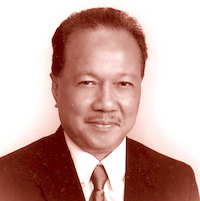
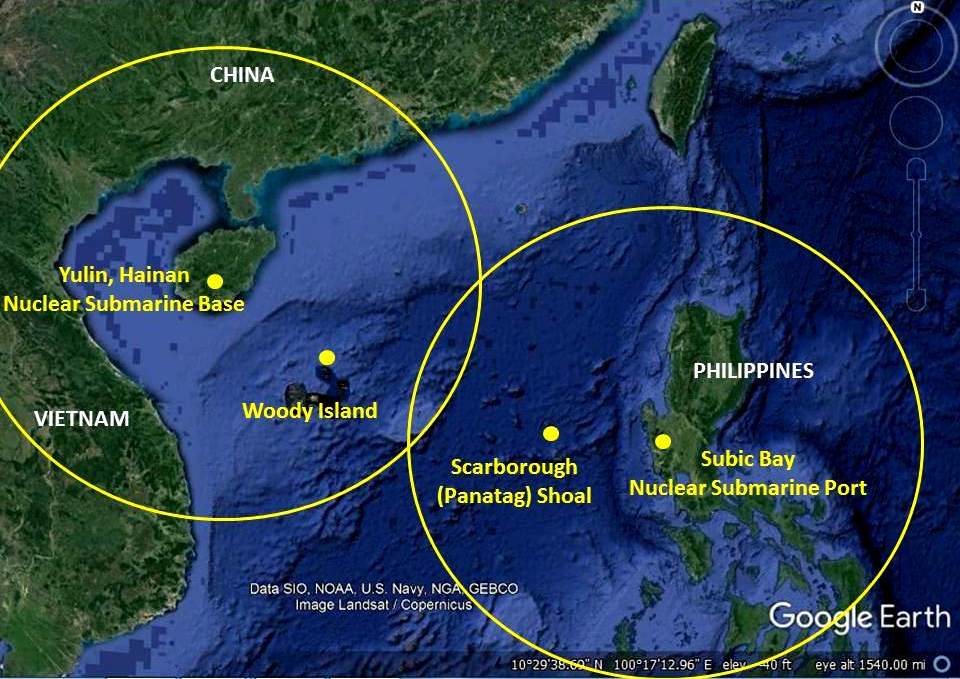
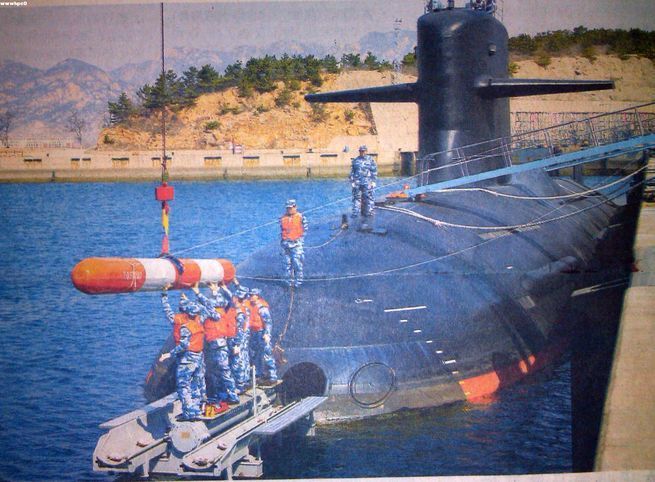
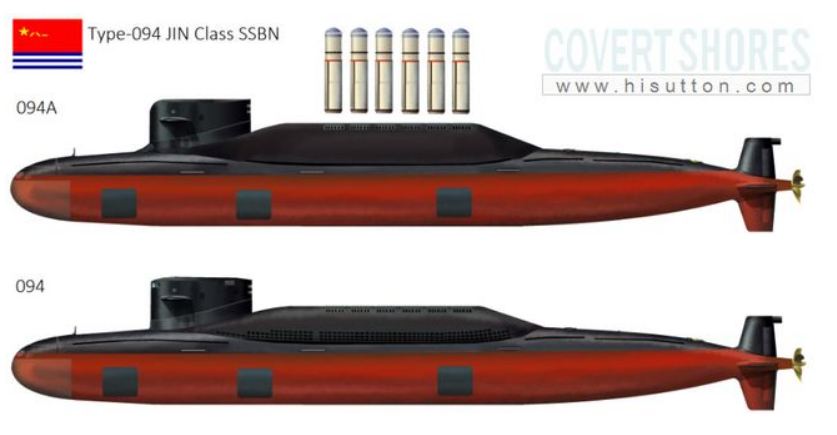

 The past few weeks have been bad for the Duterte administration. People decried the death of Kian delos Santos, and Senator Trillanes accused presidential son, Pulong Duterte, of smuggling.
The past few weeks have been bad for the Duterte administration. People decried the death of Kian delos Santos, and Senator Trillanes accused presidential son, Pulong Duterte, of smuggling.
 Every day, there are about 30 Filipinos diagnosed as living with the human immunodeficiency virus (HIV). The Philippines has the fastest growing HIV epidemic in the Asia-Pacific region. At its current rate, the total number of HIV infections could reach
Every day, there are about 30 Filipinos diagnosed as living with the human immunodeficiency virus (HIV). The Philippines has the fastest growing HIV epidemic in the Asia-Pacific region. At its current rate, the total number of HIV infections could reach 



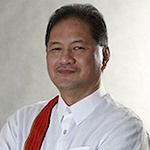 I’ve written a few columns on impeachment in the past but with 25 lawmakers endorsing the impeachment complaint against Chief Justice Maria Lourdes Sereno, and the Senate constituting itself as an impeachment court now a looming possibility, it is time to revisit some of my old writings on impeachment.
I’ve written a few columns on impeachment in the past but with 25 lawmakers endorsing the impeachment complaint against Chief Justice Maria Lourdes Sereno, and the Senate constituting itself as an impeachment court now a looming possibility, it is time to revisit some of my old writings on impeachment.


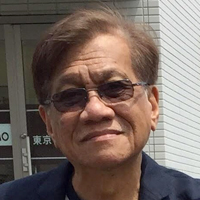



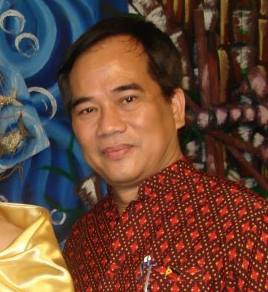



 Like many marriages, President Rodrigo Duterte's alliance with the Left started out like a dream.
Like many marriages, President Rodrigo Duterte's alliance with the Left started out like a dream.




